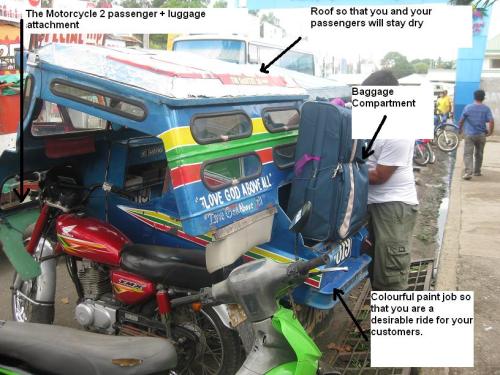Ok so hear me out on this concept – I think it’s a good one. In my eyes one of THE greatest things to come out of the last fifty years is the ability to travel. The ability to see, to experience, to understand different cultures, and get a taste of what it’s like to live in a country vastly different to your own.
So what about Google Earth? Google Earth, is the ability to travel from the comfort of your desk, living room, or internet café. Google Earth means that we can ‘fly over’ a country, do a bit of recon, so to speak; and then dream of the day when we will arrive in this destination. Google Earth is travel for those with family obligations, no money, or no time. Google Earth allows us to travel to places we never dreamed we could go.
Google Earth reminds us that, yes, there IS a big wide world out there beyond our desk, living room, or internet café.
And now what is Kiva? Kiva is a website where you can lend $25 to support businesses in the Philippines, Mongolia, Sri Lanka, Uganda and many others. This is done through a beautiful little thing called Microfinance. BUT, the point that I would like to make is that, this is not ALL that Kiva is.
Kiva is the ability to travel from your life, into someone else’s life.
Kiva is the realisation that while you stare at a computer screen for nine hours a day looking at market fluctuations, some people earn a living growing rice and vegetables.
Kiva is the reminder that while you have two mischievous children to deal with, some people have nine.
Kiva helps us to remember that while we are worrying about job success, and having enough to purchase that dream house; some people are more concerned with putting food on the table, and giving their children the education they, themselves, never had.
Kiva is the Google Earth of the cultural world, yet Kiva shows us that the world has a lot more to offer than buildings, roads, borders, and airports. Kiva reminds us that, yes, there IS a big wide world out there beyond our desk, living room, or internet café, and that this world is filled with millions of people, living their lives in millions of different ways.
Kiva reminds us that we are all really just a reflection of the culture around us. I hate to break it to you but if you had been born here, where I am, in the Philippines you probably wouldn’t have THAT house, THAT car, THAT job. The way we live our lives is largely a combination of country, culture, education, as well as access to funds and opportunity. Microfinance is slowly but surely leveling the playing field for the latter: access to funds and opportunity. So if you believe in this cause, then please support Kiva, support Microfinance, and do some cultural travelling of your own. Cheers.
You can also read this blog on the Kiva Fellow’s Blog



